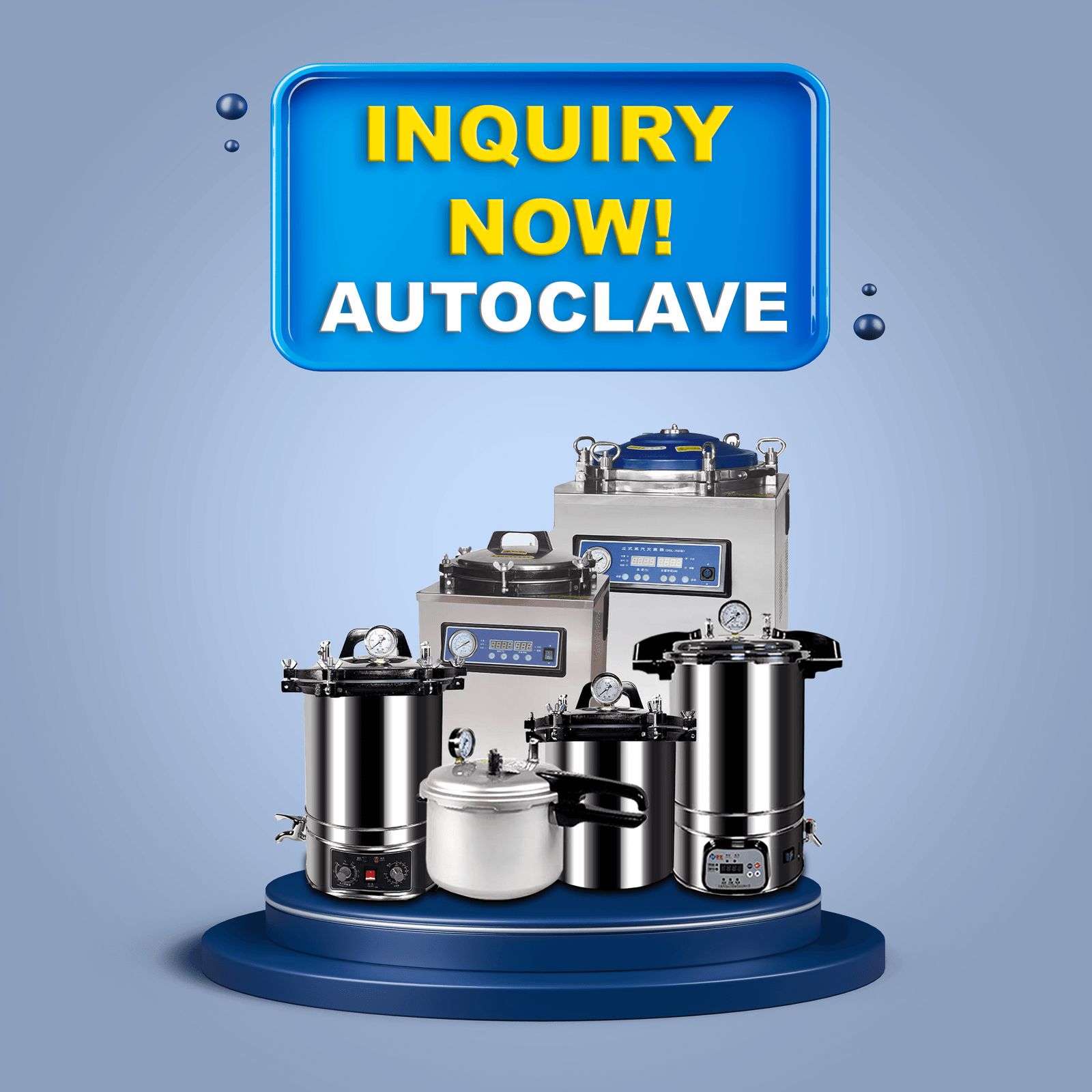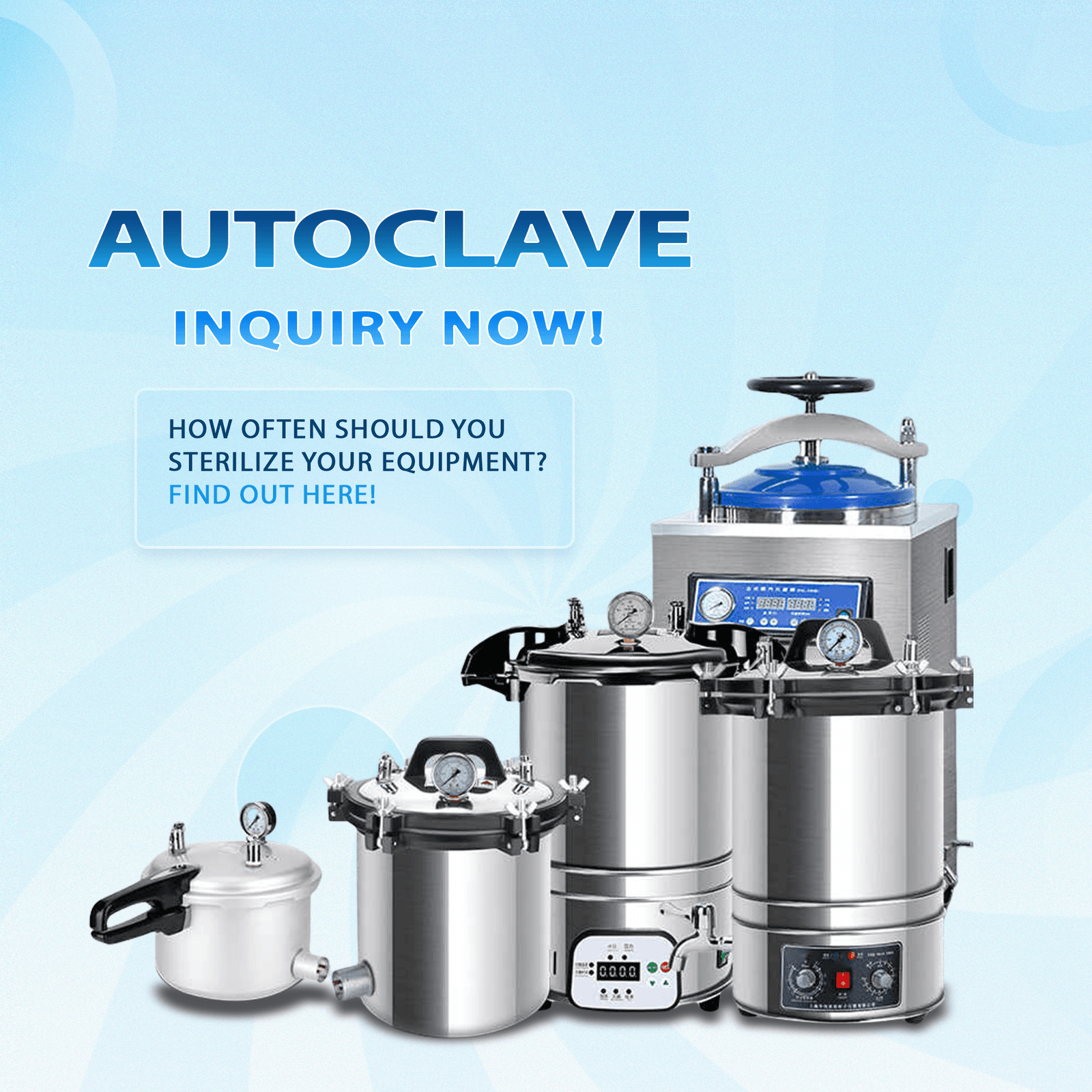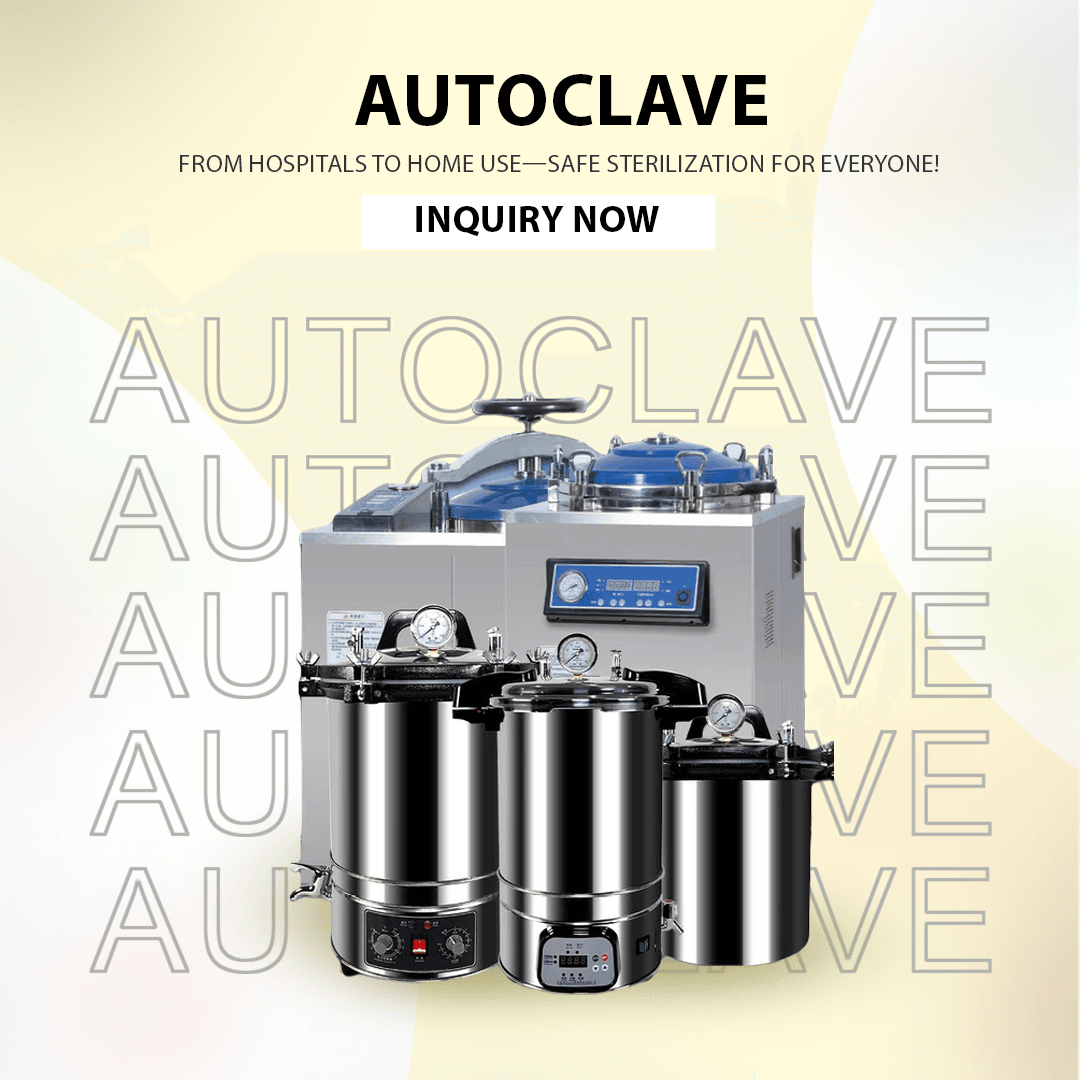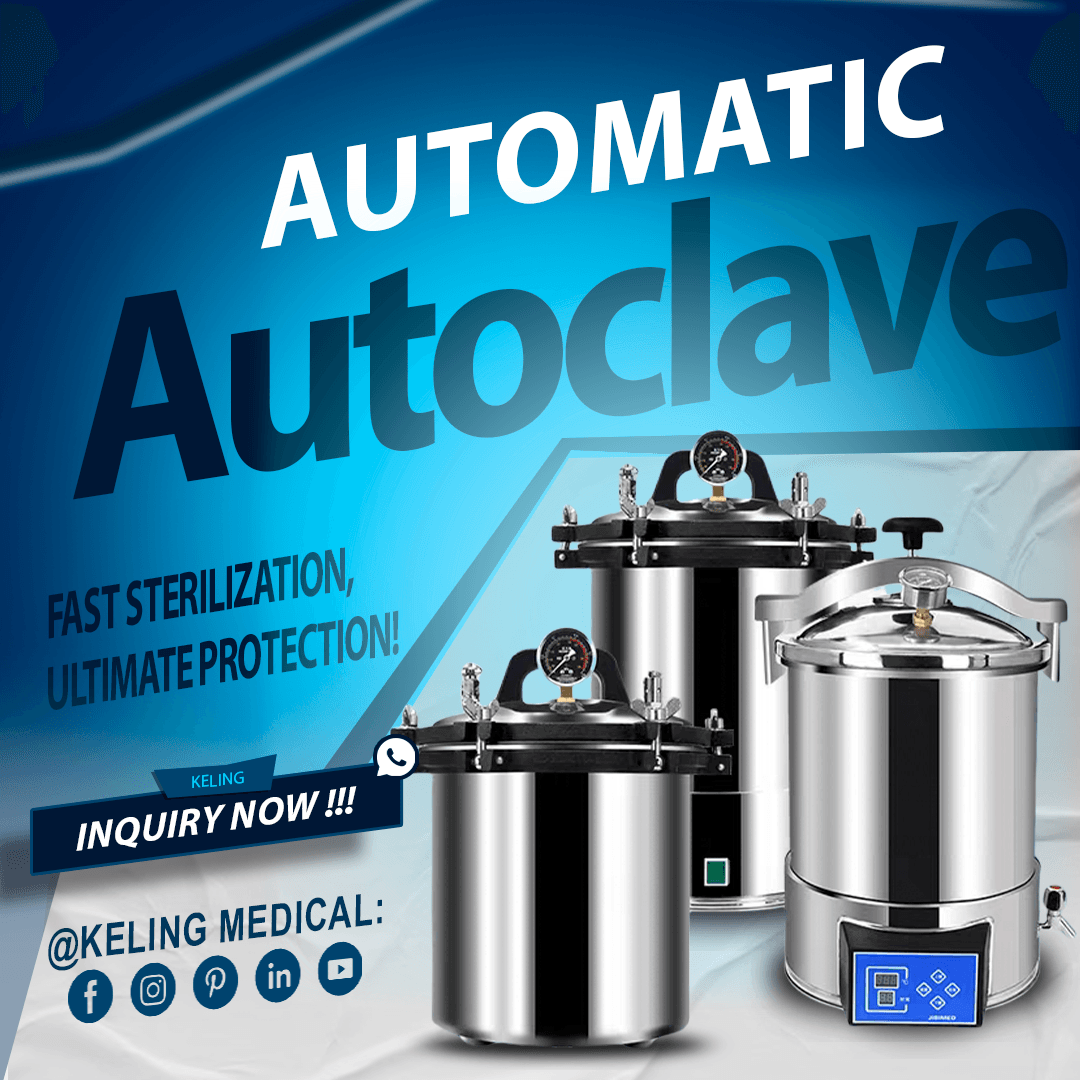
This article provides a detailed exploration of autoclaving as a process, including its definition, step-by-step operation, suitable materials, and the main advantages it offers. By the end, you will have a comprehensive understanding of autoclaving and its importance in modern sterilization protocols.
Autoclaving sterilizes materials by exposing them to high-pressure saturated steam at high temperatures which eradicates all types of microbial life such as bacteria, viruses, fungi, and spores. The process stands out as one of the most reliable methods to achieve sterility particularly for objects which tolerate heat and moisture.
When people inquire about autoclaving they mean the method of sterilizing materials by exposing them to high-pressure steam inside an autoclave to remove all living microorganisms. The word “autoclave” represents the equipment used for this sterilization technique whereas “autoclaving” describes the actual process itself.
The equipment that performs the autoclaving process is called an autoclave. The autoclave acts as a pressure-resistant sealed chamber that utilizes high temperature to achieve effective sterilization.
Autoclaving stands as a structured procedure that enhances the power of steam sterilization. This section provides a detailed, sequential description of the autoclaving process.
Before autoclaving, each item undergoes inspection to confirm its compatibility with steam sterilization.
Through the use of autoclave-safe containers or wrapping methods instruments achieve steam accessibility while remaining sterile after the autoclave process.
During the loading process all items must be positioned in the autoclave chamber so that steam can move freely between them.
The autoclave door or lid is tightly shut to establish a pressurized environment that prevents air from entering.
Steam flow forces air to exit through the vent during gravity displacement sterilization.
Advanced autoclaves use a vacuum pump to remove air before steam introduction to ensure complete steam penetration.
The autoclave system releases saturated steam which brings about an increase in both temperature and pressure levels.
Typical sterilization cycles achieve 121°C (250°F) at 15 psi while certain cycles operate at elevated temperatures alongside increased pressures.
The chamber preserves established temperature and pressure levels for an established duration of 15 to 30 minutes based on load and protocol requirements.
The combined force of heat and moisture destroys all microorganisms as well as spores through the denaturation of proteins.
The sterilization process concludes by venting steam from the chamber followed by a gradual decrease in pressure.
The chamber reaches a safe temperature before contents can be safely removed.
Wrapped or porous objects benefit from the drying phase present in some autoclaves which eliminates leftover moisture.
When pressure and temperature stabilize at safe levels, workers open the autoclave door to retrieve sterilized items for storage or utilization.
Not all materials are suitable for autoclaving. The proper selection of items guarantees successful sterilization without causing any damage. Common materials that withstand autoclaving include:
The autoclaving process can sterilize stainless steel surgical tools along with forceps, scissors and clamps.
Laboratory Equipment: Metal trays, spatulas, and beakers.
Scientific laboratories use borosilicate glass to create flasks, bottles, pipettes and Petri dishes.
Polypropylene (PP), polycarbonate (PC), and certain Teflon types qualify as plastics that can withstand autoclaving.
Manufacturer guidelines should be consulted because not all plastics can withstand autoclave conditions.
Surgical drapes and gowns utilize materials that are resistant to both high temperature and moisture.
Sterilization Wraps consist of specialized paper and fabric materials that permit steam to pass through.
Autoclavable tubing and stoppers require proper labeling.
Culture media and solutions need storage in vented containers that minimize explosion risks and contain spills.
This waste category includes contaminated lab and healthcare materials that must be stored inside approved containers.
Certain plastics (e.g., polystyrene, polyethylene)
Flammable or volatile chemicals
Electronic devices, powdered substances, and oily materials should not be autoclaved due to their sensitivity to heat and moisture.
Compared to other methods of sterilization autoclaving displays multiple substantial benefits which makes it the favored option in numerous settings.
The process eliminates bacteria, viruses, fungi along with spores to achieve complete sterility.
The speed of typical sterilization cycles exceeds that of chemical or dry heat methods which enables busy facilities to maintain quick turnaround times.
The system operates with water and electricity while eliminating the requirement for costly chemicals and supplies.
This process generates no toxic residues or hazardous waste which makes it an environmentally friendly option.
It works with many different materials for various applications including surgical instruments laboratory glassware and waste management.
This sterilization technology aligns with global healthcare and laboratory regulations by meeting or surpassing required sterilization standards.
The current generation of autoclaves includes safety mechanisms like pressure relief valves together with temperature monitoring systems and automated control options.
Autoclaving stands as the central sterilization technique today because of its unparalleled effectiveness and safety across medical, laboratory and industrial sectors. Medical device distributors, dealers, and procurement professionals must comprehend the autoclaving process to effectively select appropriate equipment, educate users and maintain compliance with strict health and safety regulations.
The selection of autoclaving as a sterilization method delivers the utmost protection for patients along with staff and end-users. Our experienced team stands ready to assist you with expert guidance when selecting the best autoclave solutions for your needs.
Autoclaving is the process of sterilizing materials using high-pressure steam. It is vital because it ensures the complete elimination of all microorganisms, protecting patients and staff from infection.
Metals, borosilicate glass, certain plastics, textiles, rubber, silicone, liquids, and biohazard waste can be autoclaved if they are labeled as autoclavable.
Autoclaving uses moist heat under pressure, which is more effective and faster than dry heat or chemical sterilization for most applications.
It means using an autoclave to sterilize instruments, glassware, or waste, ensuring all items are free from viable microorganisms.
Yes. Avoid autoclaving items made from certain plastics, flammable chemicals, electronic devices, and any material not labeled as autoclavable.
Baca lebih lanjut tentang What Does Autoclaving Mean? dan Apa yang dimaksud dengan Sterilisasi Autoklaf? for further details.
Are you looking for high-quality autoclaves or expert advice on autoclaving solutions? Our team is ready to help you with tailored recommendations and support.
Email: inquiry@shkeling.com
WhatsApp: +8618221822482
Situs web: https://autoclaveequipment.com/
Contact us today for a consultation or quote, and let us help you find the perfect autoclaving solution for your business needs!

Lingkungan perawatan kesehatan dan laboratorium harus memprioritaskan penghilangan total mikroorganisme berbahaya dari semua peralatan dan bahan sebagai langkah penting dalam melindungi keselamatan pasien dan mengendalikan infeksi. Sterilisasi autoklaf

Industri perawatan kesehatan beroperasi di bawah peraturan yang ketat dan membutuhkan sterilitas instrumen medis untuk melindungi pasien dari infeksi dan menjaga standar keamanan. Alat sterilisasi autoklaf yang kuat merupakan komponen inti dari

Autoklaf sangat penting dalam perawatan kesehatan karena dapat mensterilkan instrumen dan bahan medis yang membantu mengendalikan infeksi. Perawatan rutin bersama dengan pembersihan yang tepat menentukan apakah perangkat ini akan berfungsi secara efektif. Medis

Autoklaf adalah peralatan penting dalam perawatan kesehatan dan pengendalian infeksi untuk menjaga kondisi steril instrumen medis dan peralatan laboratorium serta bahan penting lainnya. Pemasok peralatan medis dan ahli pengadaan

Penyedia layanan kesehatan harus memprioritaskan sterilitas instrumen dan bahan untuk mencegah infeksi secara efektif dan melindungi kesehatan pasien. Sterilisasi autoklaf terbukti menjadi metode yang sangat dapat diandalkan yang digunakan secara luas di seluruh

Industri perawatan kesehatan memerlukan tindakan pengendalian infeksi yang ketat dan oleh karena itu persyaratan dan alat tertentu sangat penting untuk memastikan keamanan dan kebersihan. Dalam pengaturan medis dan laboratorium yang menuntut kondisi steril